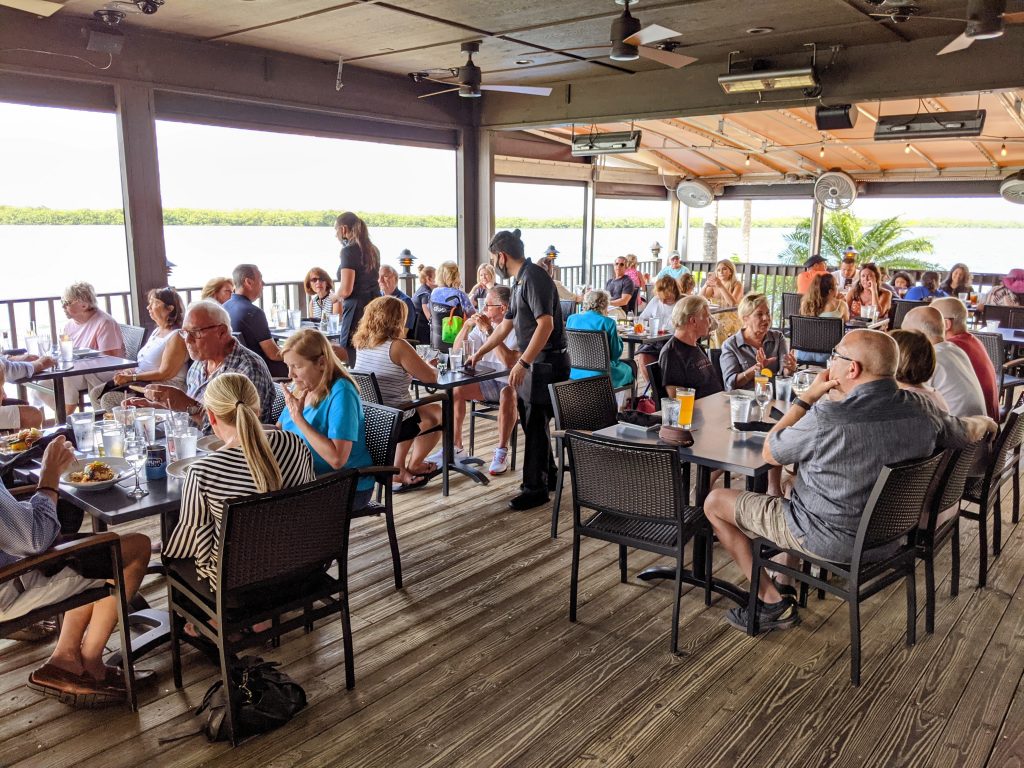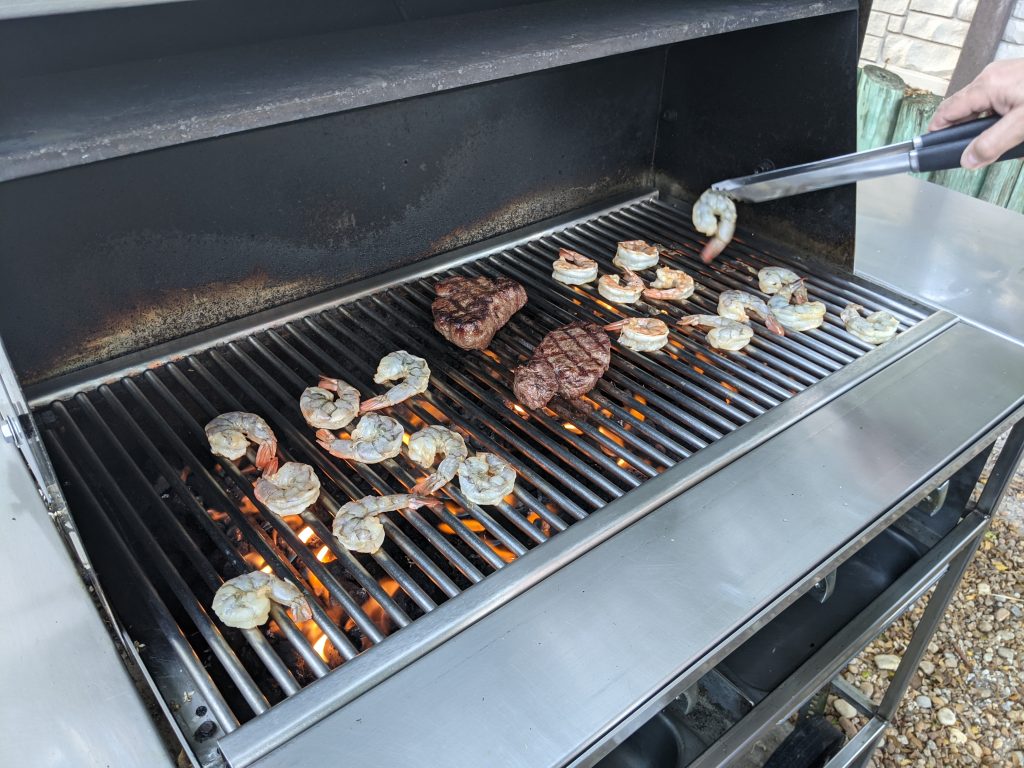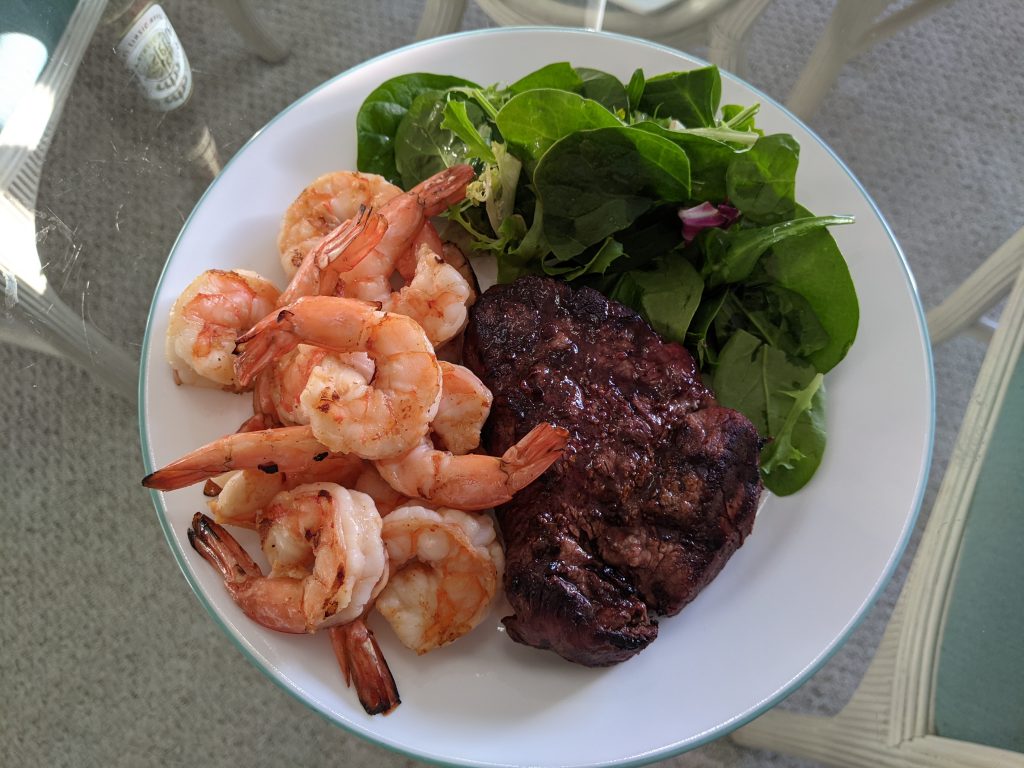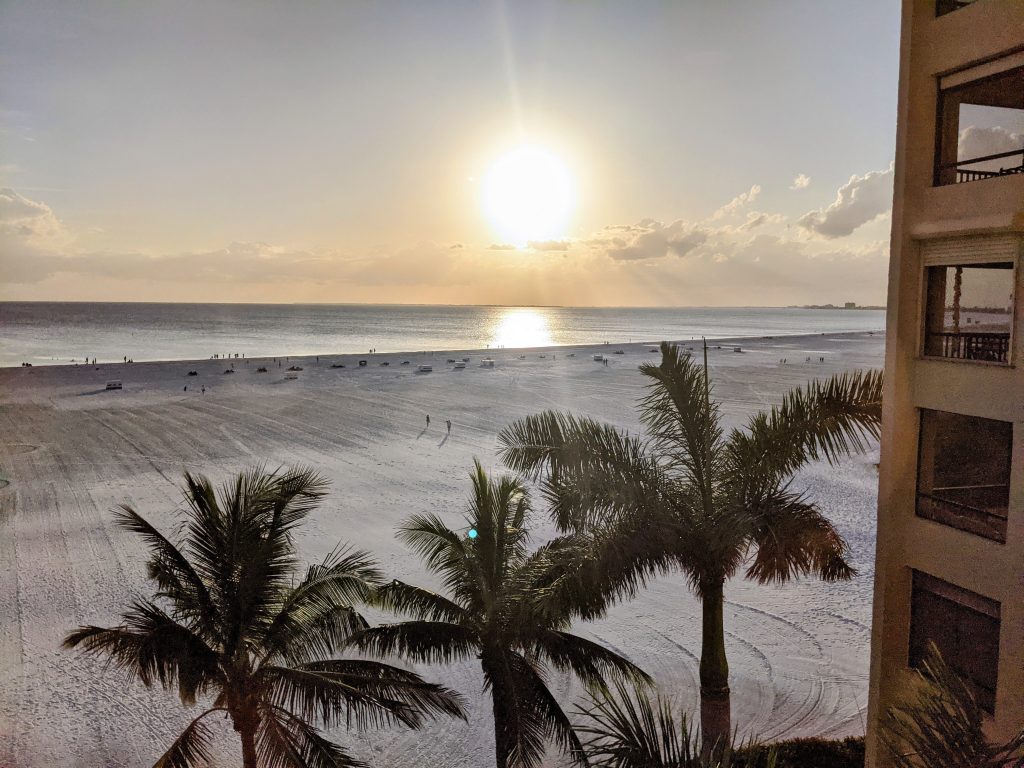
It has been over a year since the Covid-19 global pandemic first gripped the world in it’s proverbial disease encrusted grasp and subsequently brought the world’s travel and tourism industry to a near standstill. With different countries implementing different mitigation procedures in order to promote healthy practices, with the end goal of returning things back to normal, it’s been a collective piecemeal approach with not only different countries having different approaches but, in the case in the United States, each state operated independently with mitigation procedures ranging the spectrum from police-enforced quarantines and lockdowns to essentially non-existent a la Ivan Drago’s “If he dies, he dies” approach.
Recently, one of the most non-proactive governors, Florida’s Governor Ron DeSantis, signed an executive order banning “vaccine passports”. This month he signed legislation making it illegal for any business or industry to inquire whether any customer has been vaccinated. This will have a major impact on the cruise ship industry as current Centers for Disease Control and Prevention guidelines are that 98% of crew members and 95% of passengers are vaccinated. Florida accounted for 60.1% of all US passenger embarkations, according to the Cruise Lines International Association. This resulted in $9 billion in direct spending in Florida and supported 159,000 Floridian jobs totalling $8.1 billion in wages and salaries.
In addition, on 3 May 2021, Gov DeSantis suspended all remaining Covid restrictions and stated that ‘We are no longer in a state of emergency’ while there are still approximately 3,500 new cases and 60 deaths daily. Perhaps relative to the previously higher rates of nearly 20,000 daily infections and 250 daily deaths things are getting better.
Interestingly, on 11 May 2021, Gov DeSantis declared a state of emergency in response to the cyberattack that temporarily shut down the Colonial pipeline despite Florida being the least impacted of the states impacted by the shutdown as most of Central Florida’s fuel comes from Gulf Coast refineries. Apparently the oft quoted line of “if you don’t have your health, you have nothing” should be amended to “if you don’t have gas, you have nothing.” as lacking gas is apparently an emergency while lacking health is not. Apparently, the decision makers have never been intubated in the ICU ward of their local hospital.
Ok, so with all that said, where does that leave us? How are things actually looking like on the ground in Florida? Well, it means a first hand visit to the Sunshine State is in order of course.
As many of you already know, I have still been traveling during the pandemic. But, I’ve been taking precautions to mitigate transmission of the Covid-19 virus. These steps have included participating in activities that inherently promote social distancing such as backpacking on backcountry hiking trails, scuba diving, surfing, and the salty life on sparsely populated Mexican beaches. National and international traveling has been limited to sparsely populated towns and having limited contact with others while transiting larger hubs with denser populations. And of course, there is either a mask covering my nose and mouth or in my pocket ready to wear if coming in close proximity to others.
A visit to Florida typically begins by taking a airplane flight and in this case that is what I did. Even with airlines returning to the practice of filling middle seats airlines are extremely safe because of how air circulated and is filtered on airplanes. A recent study by the Department of Defense showed that aerosol dispersal of Covid-19 was reduced by 99.7% making airplanes safer than hospital operating rooms.
The biggest Covid-19 risk of traveling by airplane isn’t while on the airplane but rather while inside the airports since the air filtration systems in an airport aren’t much different than those in other indoor buildings such as restaurants or a mall. Plus, while masks are required to be worn inside airports, there are very few people enforcing the rule unless you are going through the security checkpoints, boarding the aircraft, or seated on the aircraft. Depending on which part of the country you are flying from or through typically determines how many people are properly wearing masks. My flight to Florida had a connection in Charlotte, North Carolina and needless to say there were a lot of people in that airport who either think they breathe through neck stomas or aren’t familiar with science based on them wearing their masks on their chins and necks. The biggest surprise was seeing an airline employee at a departure gate with his nose and mouth fully exposed while speaking to a customer a mere 3 feet away.

Upon arrival at the airport in southwest Florida, things initially looked pretty good as a higher percentage of people at the airport were wearing masks properly. Perhaps it’s because the people arriving at the airport became accustomed to wearing their masks whilst on the airplane or perhaps the population of Florida is older and thus falls into the high risk category and people are being respectful of their elders. Although a side effect of airlines offering limited food options on flights due to the pandemic is that people are now eating more often inside the terminals and thus are lowering or removing their masks to eat and drink.

Let’s leave the airport grounds and see what people are doing when there aren’t airline flight crews watching and potentially banning the passenger for non-compliance of the federally mandated mask policy.
Tourism is the lifeblood of Florida. After all, Florida tourism activity generates over $25 billion per year in federal, state, and local tax revenue. That means we’ll have to visit the local tourism hotspots. In Southwest Florida that means beaches, retail stores, and restaurants. Sorry, but theme parks aren’t normally on my list with or without a pandemic.
Indoor restaurants generally had patrons going maskless while the staff would be wearing masks. The staff members wore their masks to a varying degree of CDC-approved methods. Some wore their masks properly with a tight fit over their nose and mouth, some over their mouth only, and others would even wear their masks properly when at a distance but would then completely lower their masks below their chin when in very close proximity to the patrons when taking orders or making idle chit chat. Since it’s difficult to know who has been fully vaccinated or who hasn’t, this could be construed as careless and dangerous for everyone involved.
Outdoor patio restaurants have always been popular in Florida with the fresh ocean breezes to help keep you cool. During, or even at the tail end of, a pandemic, these are even better options since they have exponentially better air circulation that helps prevent virus transmission whether it be the CoronaVirus, NoroVirus or the seasonal flu.
Of course there is always the option of finding a grill and putting a few shrimp on the barbie. It’ll not only be safer but will most likely be much more economical…and you if you don’t like how the food was prepared just complain to the person in the mirror.
Retail stores & gas stations were mixed as well. Employees overwhelmingly wore masks, although some would lower their masks to make it easier for them to speak, even in very close proximity thereby missing the point of wearing masks.
Interestingly, there were a number of gas stations with long lines that went out into the streets as if it was a flashback to the gas shortages of the 1970s during the OPEC oil embargo. Although this may have been more a result of panic buying. When there was a gas station with no lines it was because there was no gas. Luckily, fuel tankers eventually show up to fill the underground gas tanks.

Whether or not there was an actual fuel shortage or it was just ‘panic buying” is up to debate.
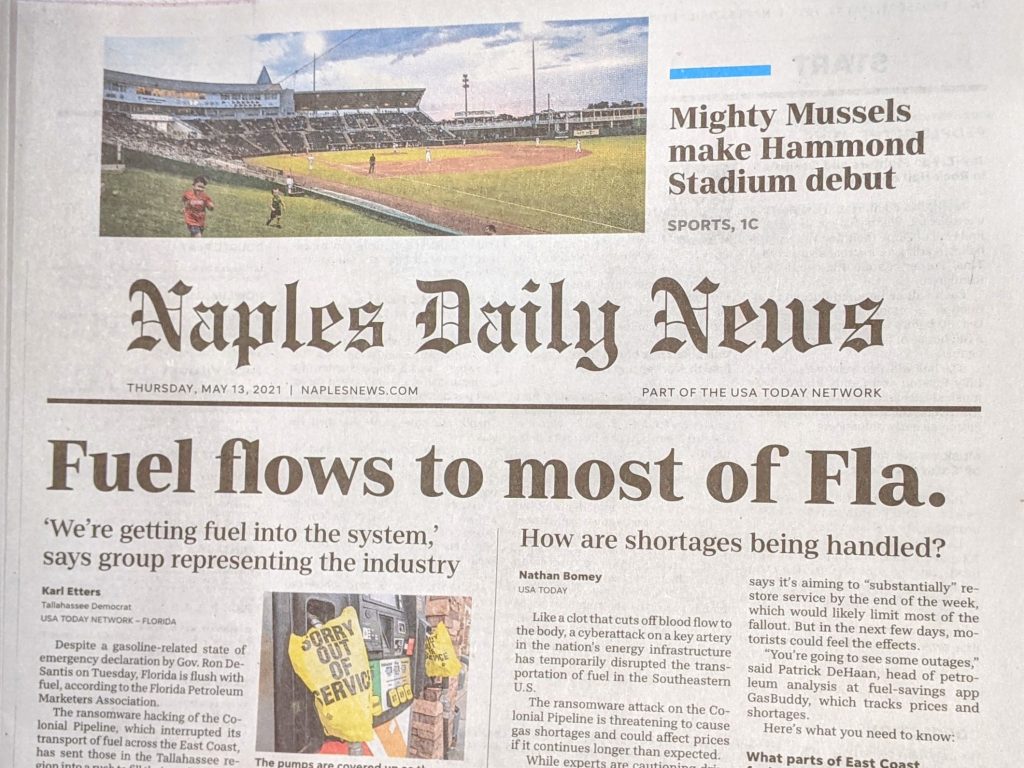
On the beaches people were generally keeping their distance from other groups in the open air environment. During the day people enjoyed the sun and the sand while riding jet skis, parasailing, and turning their skin a golden brown. These activities tend to be inherently socially distant. After all, jet skiers and parasailers that get too close usually have collisions and other imminent dangers to worry about. And of course a few tourists forgot how intense the Florida sun is and ended up looking like lobsters🦞.
As the sun slowly slipped below the horizon families, couples, and single beachgoers quietly watched and appreciated the beauty in a very calm manner. They did this while respectfully keeping their distance from others.

The closest unrelated and unmasked people got to each other was during a beach yoga class as pictured below.
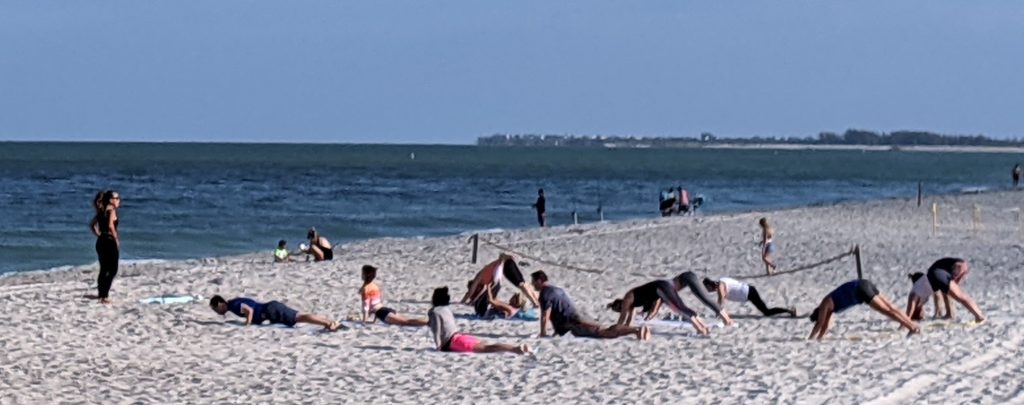
No matter what your individual views of mask wearing are, it’s best to follow the CDC and government guidance/laws/executive orders for a myriad of health, safety, and legal reasons. If private businesses want to enforce stricter measures then that’s their prerogative as long as it’s more restrictive and not less restrictive without violating any laws. And yes, businesses can legally ask if patrons have been vaccinated. We definitely don’t want to see more fist fights over masks involving punching someone because they allegedly farted on you. Yup, it happened right here in Florida recently. This is unfortunately the result of an ambiguous and constantly changing patchwork of virus mitigation procedures.
As for me, I’ve enjoyed the relative freedom of movement that being fully vaccinated has given me. But, I’ll still wear a mask and social distance to the maximum extent possible based on environmental factors as it helps promote a healthy culture for those who haven’t been vaccinated yet. Maybe we’ll eventually return to the old normal or perhaps establish a new normal, whatever that may be.
Always remember to live well, love much, and laugh often!


